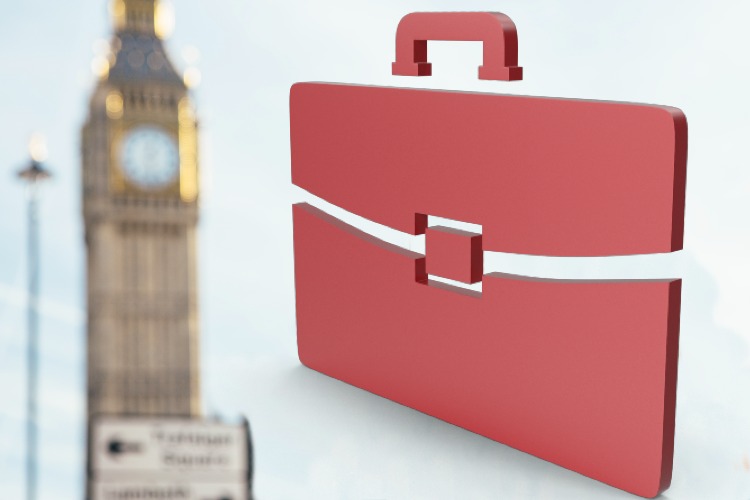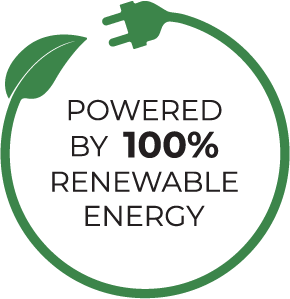The Court of Appeal ruled that the appellant, Greenspace Ltd, which supplied conservatory roof insulation in the form of insulated roof panels, was not eligible for a VAT-reduced rating.
It charged VAT at the reduced rate of 5% on the basis that the supply was one of insulation for roofs and therefore ‘energy-saving materials’ under section 7A Value Added Tax Act 1994 (VATA).
However, HMRC assessed those supplies to be taxable at the standard rate of VAT and raised a VAT assessment on 17 June 2020 of £2,581,092 for the periods 12/17 to 12/19.
Greenspace made appeals against the assessments to the First Tier Tribunal (FTT) in respect of its supplies of insulated roofing panels, which were made up of a thick layer of styrofoam, manufactured by a company called Thermotec.
In addition, Greenspace’s roof panels were protected with a thin coating of aluminium on the top and bottom of the panel and a final protective powder coating.
Under s71 VATA 1994, the reduced rate of VAT at 5% applies to supplies that provide ‘energy-saving materials’ in residential accommodation.
Greenspace argued that the tribunal should have regarded the substance of the supply and not merely the form of the supply, specifically that the panels were applied to an existing roof.
However, HMRC argued that there was a distinction between insulation for roofs and a roof itself and that the reduced rate could not apply because the appellant’s panels formed part of the roof, as they were used to replace the existing roof panels.
The FTT rejected Greenspace’s appeal on the basis that their supplies could not be treated as anything other than a new roof or part of a roof. This was later upheld at the Upper Tribunal.
In the Court of Appeal, the appellant argued that the panels were supply of insulation for a roof or something more extensive, namely the installation of the roof itself.
Edward Hellier, instructed by Greenspace, stressed that the product was energy-saving, and was made up of a thin aluminium coating and protective powder applied to the exterior which did not detract from the predominant feature of the product which was the styrofoam insulation.










